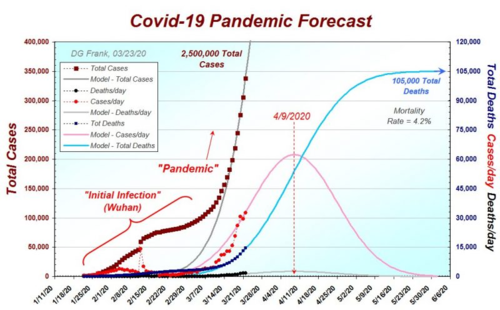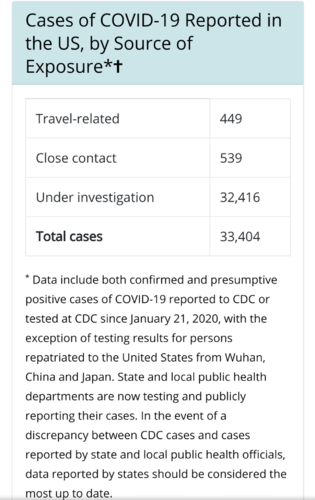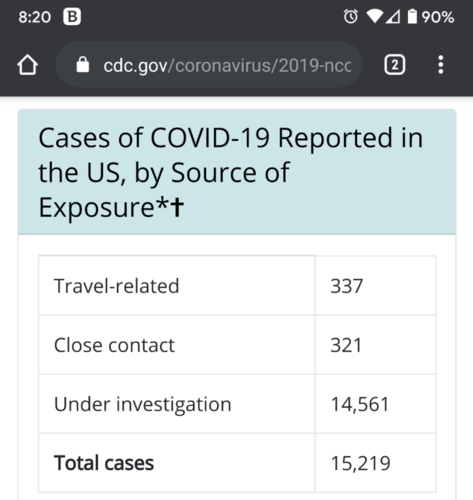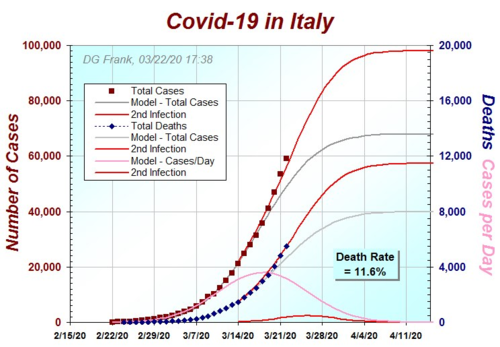SAJ-99
Well-known member
Mnuchin said 20% and state-specific data shows we may be over that already. Maybe irresponsible, but not inaccurate. Bullard has never run away from a microphone, but I like the honesty and transparency.This was irresponsible of Bullard. I may kill a Booner next season. Probably not, though.











